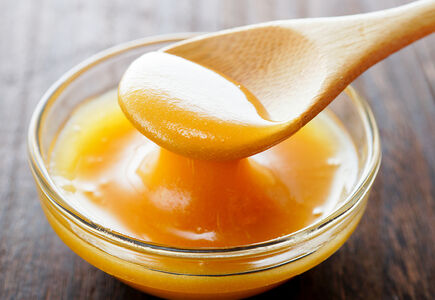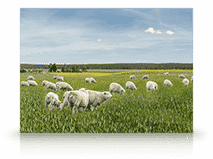Part of your dog’s growth is learning how and when to make the switch from puppy to adult-formulated dog food. Such changes aren’t made outright, as your dog’s stomach needs to adjust slowly to a new formula. If done improperly, indigestion can happen. Before we discuss the when and how, it’s important to know the difference between the two.
Puppy vs. dog food

Puppy-formulated dog food has one main difference from adult ones: higher Fat and Protein content, according to American Veterinary Medical Association member Dr. Jennifer Coates.
Dr. Coates goes further to say that the Association of American Feed Control Official’s (AAFCO) minimum required amounts of Protein and Fat are at 22.5% and 8.5% on dry matter basis respectively. While adult dog food has a lower minimum required Protein and Fat content at 18% and 5.5% respectively.
How and when to switch

Starting from their puppy food, introduce a small amount of the adult formula at least twice per day. Then slowly increase the ratio to half before finally feeding them only adult food. If your dog experiences any symptoms of indigestion, return to giving the previous food before repeating the process.
The transition period for new food can take 5 to 7 days on average, according to Dr. Sherry Lynn Sanderson from the University of Georgia.
The rule of thumb is to slowly introduce adult dog food to puppies once they are one year old, according to the Tufts University Veterinary Medical Center. Keep in mind this can vary depending on the breed. Dogs like Labradors may begin at 12 months of age, but bigger breeds like Great Danes and Mastiffs may need as long as 18 months.
In choosing food for your puppy, it’s important to consider the protein source. At this age, your puppies are still growing and need higher quality protein to build muscles and their strength. New Zealand King Salmon is one such source that can give them a great start in life.
One example of puppy food that features a high-quality protein source is Addiction Pet Foods’ Salmon Bleu for Puppies. It has a slightly higher Protein content at 26%, and Fat content at 12%. That way, your growing dogs get more of the needed nutrients in order to grow healthy.
Then once your dogs reach adulthood, you can slowly switch to Salmon Bleu for dogs which gives up to 24% Protein and 13% Fat content. Both Salmon Bleu for puppies and dogs are rich in Omega-3 for radiant coats.
It’s important to take into account the individual preferences of your dog first during this transition period. Once the transition period is complete, they’ll be able to enjoy eating the new food without any problems.
Get Salmon Bleu at a store near you today!











